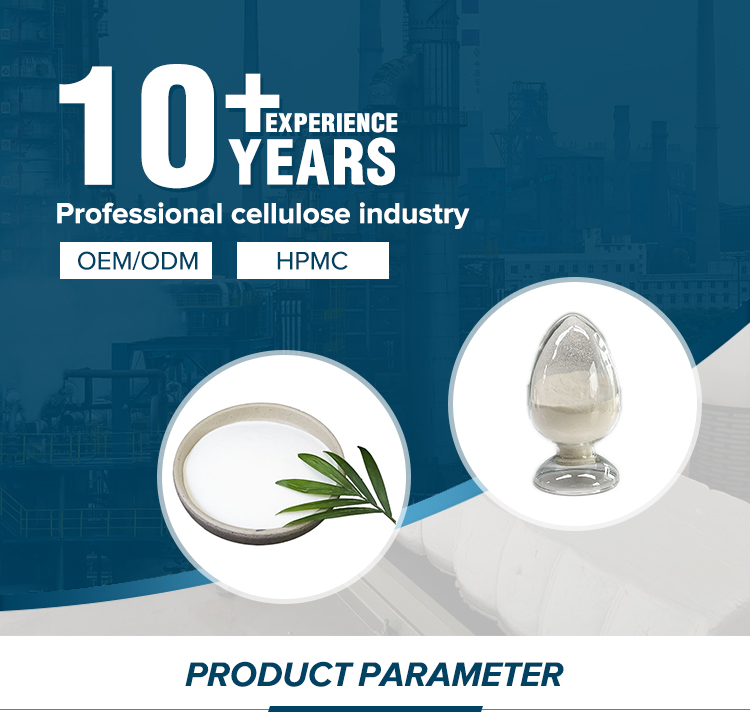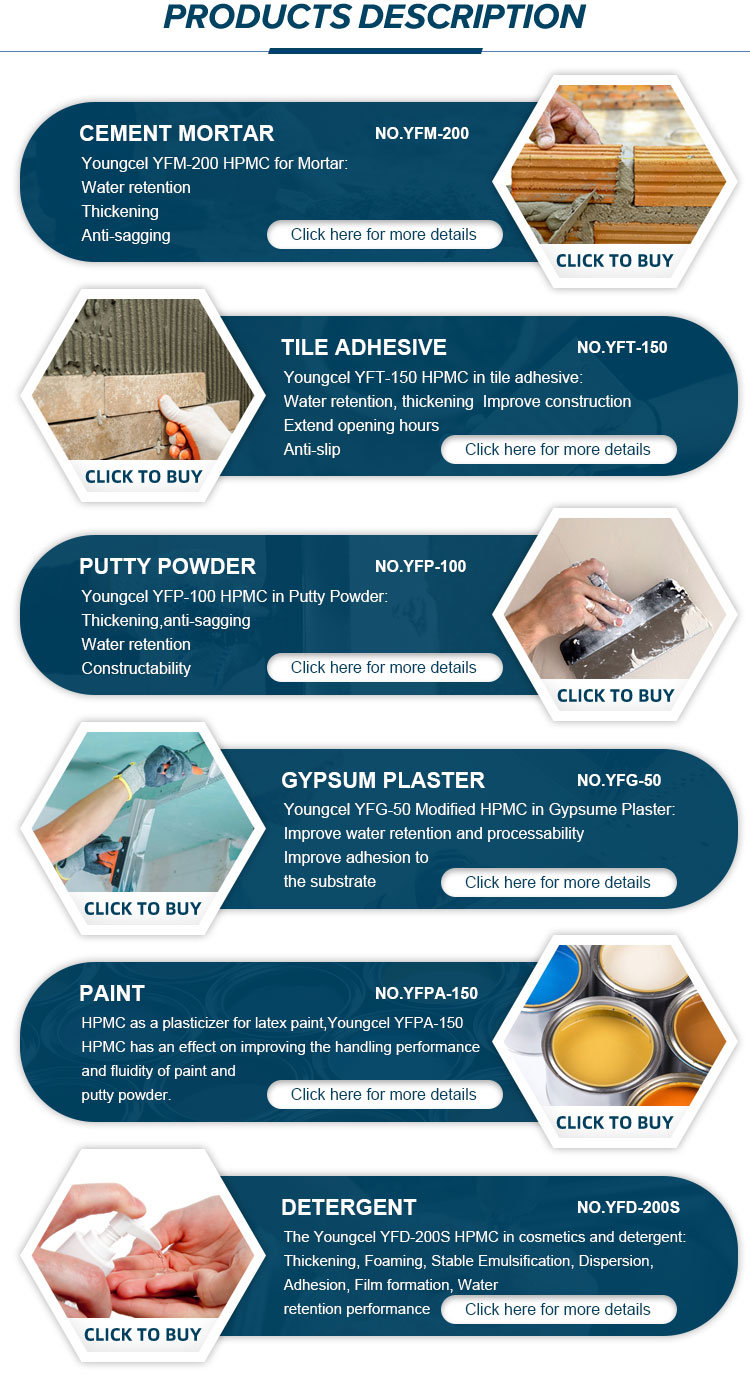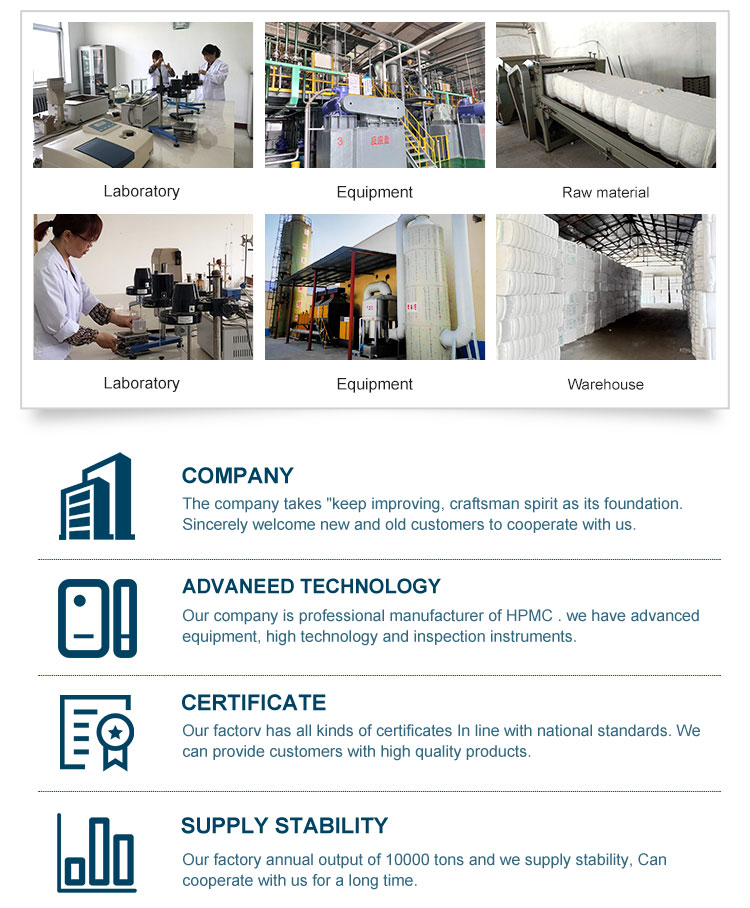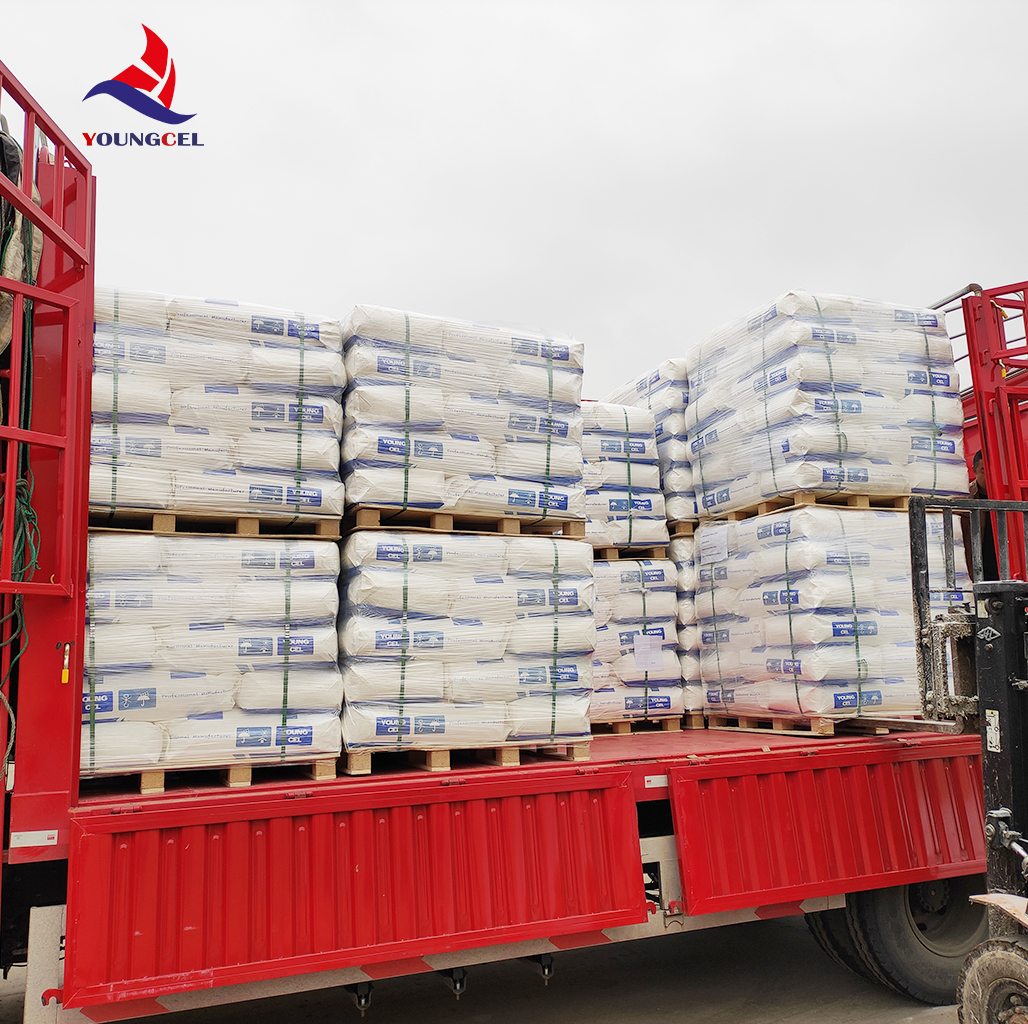Hydroxypropyl Methyl Cellulose (HPMC) has become a cornerstone in the construction industry due to its exceptional properties as a chemical additive. This article provides an in-depth analysis of Hydroxypropyl Methyl Cellulose, its technical specifications, applications, and the company behind its production. Whether you're a professional in the construction sector or a researcher exploring polymer chemistry, this guide will highlight why HPMC is an indispensable material.
Product Overview
 Hydroxypropyl Methyl Cellulose is a modified cellulose ether derived from highly purified cotton fibers. The production process involves etherification under alkaline conditions, resulting in a substance with remarkable thickening, water retention, and adhesion properties. This product is available as a milky white or white powder, making it easy to integrate into various construction materials.
Hydroxypropyl Methyl Cellulose is a modified cellulose ether derived from highly purified cotton fibers. The production process involves etherification under alkaline conditions, resulting in a substance with remarkable thickening, water retention, and adhesion properties. This product is available as a milky white or white powder, making it easy to integrate into various construction materials.
Key Features and Advantages
- Enhanced Workability: HPMC improves the fluidity and workability of cement mortars and tile adhesives, ensuring smoother application.
- Water Retention: Its ability to retain water is critical in preventing premature drying of cementitious materials, which is especially important in hot climates.
- Adhesion and Cohesion: HPMC enhances the adhesion of coatings to substrates, reducing the risk of peeling or cracking.
- Stability: The product maintains its performance across a wide pH range and is resistant to microbial degradation.
Technical Specifications
| Parameter | Specification |
|---|---|
| Appearance | Milky white or white powder |
| Carbonization Temperature | 280-300% |
| Color Temperature | 190-200% |
| Particle Size | 100 mesh: >98.8%; 80 mesh: 99.9%; 40-60 mesh (special) |
| Apparent Density | 0.25-0.70 g/cm³ (typically 0.5 g/cm³) |
| Specific Gravity | 1.26-1.31 |
| Solubility | Soluble in water and solvents like ethanol/water or propanol/water |
Applications in the Construction Industry
HPMC's versatility makes it a preferred additive in multiple construction applications. Below are some of its primary uses:
1. Cement Mortar
HPMC is widely used in cement mortars to improve consistency and reduce water loss. Its inclusion ensures better cohesion and adhesion, making it ideal for both interior and exterior applications.

2. Ceramic Tile Adhesive
As a key component in tile adhesives, HPMC enhances the bond strength between tiles and substrates. It also improves the open time of the adhesive, allowing for easier adjustments during installation.

3. Refractory Coatings
In asbestos and other refractory coatings, HPMC acts as a suspension agent and fluidity improver. It also strengthens the adhesion of the coating to the substrate, ensuring durability under high-temperature conditions.

4. Gypsum Coagulant Slurry
HPMC improves the water retention and workability of gypsum slurry, enhancing its adhesion to surfaces and reducing cracking during drying.

5. Joint Cement
When added to joint cement for gypsum boards, HPMC increases fluidity and water retention, ensuring a smooth and durable finish.

Company Background: Shijiazhuang Gaocheng District Yongfeng Cellulose Co., Ltd.
 The Shijiazhuang Gaocheng District Yongfeng Cellulose Co., Ltd. is a leading manufacturer of cellulose derivatives, including HPMC. With a commitment to quality and innovation, the company has established itself as a reliable supplier in the construction and chemical industries. Their products are designed to meet stringent industry standards, ensuring optimal performance in diverse applications.
The Shijiazhuang Gaocheng District Yongfeng Cellulose Co., Ltd. is a leading manufacturer of cellulose derivatives, including HPMC. With a commitment to quality and innovation, the company has established itself as a reliable supplier in the construction and chemical industries. Their products are designed to meet stringent industry standards, ensuring optimal performance in diverse applications.
Why Choose HPMC?
HPMC offers a unique combination of properties that address critical challenges in construction. Its ability to improve workability, water retention, and adhesion makes it a cost-effective solution for professionals seeking to enhance the quality of their materials. Additionally, its compatibility with various solvents and stability under different conditions ensure its reliability in both traditional and modern construction practices.
Conclusion
Hydroxypropyl Methyl Cellulose is more than just a chemical additive—it's a vital component in modern construction. From cement mortars to tile adhesives, its applications are vast and impactful. For those seeking a trusted supplier, Shijiazhuang Gaocheng District Yongfeng Cellulose Co., Ltd. provides high-quality HPMC that meets the demands of today's construction industry.
References
While direct references from NIST could not be retrieved due to technical limitations, the technical specifications and applications of HPMC align with industry standards and peer-reviewed research on cellulose ethers. For further information on material standards, please visit the National Institute of Standards and Technology (NIST) website.
Back to Top-
Understanding Methyl 2 Hydroxyethyl Cellulose: Uses, Benefits & Industry InsightsNewsNov.24,2025
-
Hydroxyethyl Methyl Cellulose HEMC: Industrial Uses, Benefits & Future TrendsNewsNov.23,2025
-
HEMC Cellulose: Versatile & Sustainable Industrial Polymer | YoungcelNewsNov.23,2025
-
Methyl Hydroxyethyl Cellulose: Versatile Building Block for Industry & SustainabilityNewsNov.23,2025
-
CAS 9032 42 2: Understanding Polyvinyl Alcohol's Impact on Industry & SustainabilityNewsNov.22,2025
-
Hydroxyethyl Methyl Cellulose: Versatile Solutions for Modern Industry and SustainabilityNewsNov.22,2025




